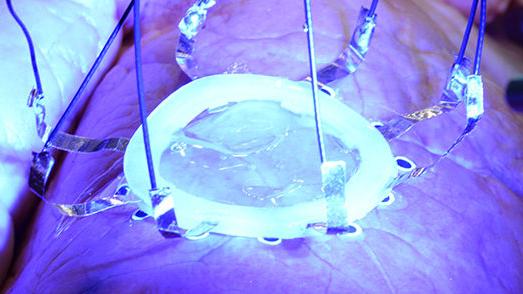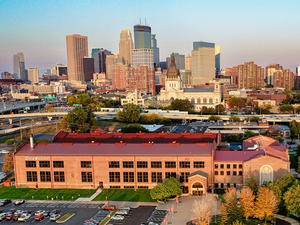
A group of mechanical engineers and computer scientists at the University of Minnesota have found a way to create a 3D-printed sensor that could have future applications in diagnosing and monitoring the lungs of patients with Covid-19.
The special 3D printing technique uses motion-capture technology to print electronic sensors directly on organs that are expanding and contracting, like lungs. UMN scientists have been experimenting with similar techniques for around two years.
They first began printing electronics directly on the skin of a hand, which stayed on even if the person moved around. And in 2018, a team of scientists successfully printed an array of light receptors on a round surface, putting them one step closer to creating a bionic eye.
"We are pushing the boundaries of 3D printing in new ways we never even imagined years ago," Michael McAlpine, a mechanical engineering professor and senior researcher, said in a statement. "3D printing on a moving object is difficult enough, but it was quite a challenge to find a way to print on a surface that was deforming as it expanded and contracted."
For this project, researchers started in the lab with a balloon-like surface and specialized 3D printer. They used motion capture tracking markers, much like those used in movies to create special effects, to help the printer adapt its printing path to movements on the surface. Scientists then moved onto an animal lung in the lab that was artificially inflated.
Eventually, this technique could be used to more closely monitor the health of organs like the lungs and heart.
The project was supported by Medtronic and the National Institute of Biomedical Imaging and Biomedical Engineering. The broader idea behind this research, McAlpine said, is to combine 3D printing technology with surgical robots.
"In the future, 3D printing will not be just about printing, but instead be part of a larger autonomous robotic system," McAlpine explained. "This could be important for diseases like Covid-19 where health care providers are at risk when treating patients."








